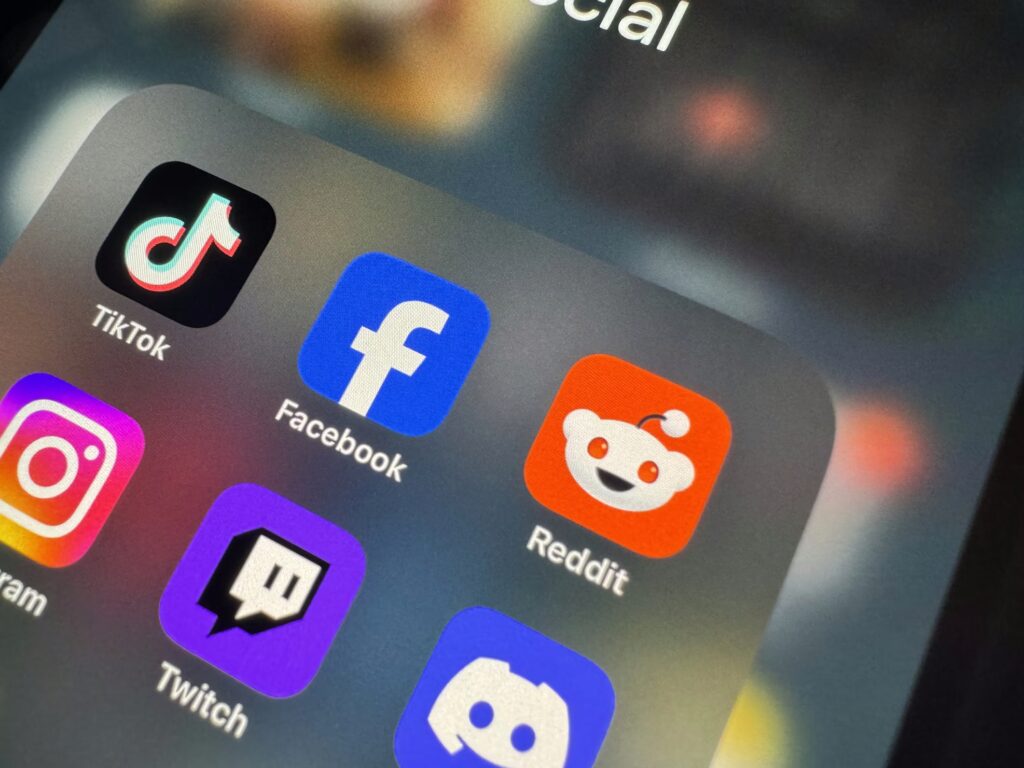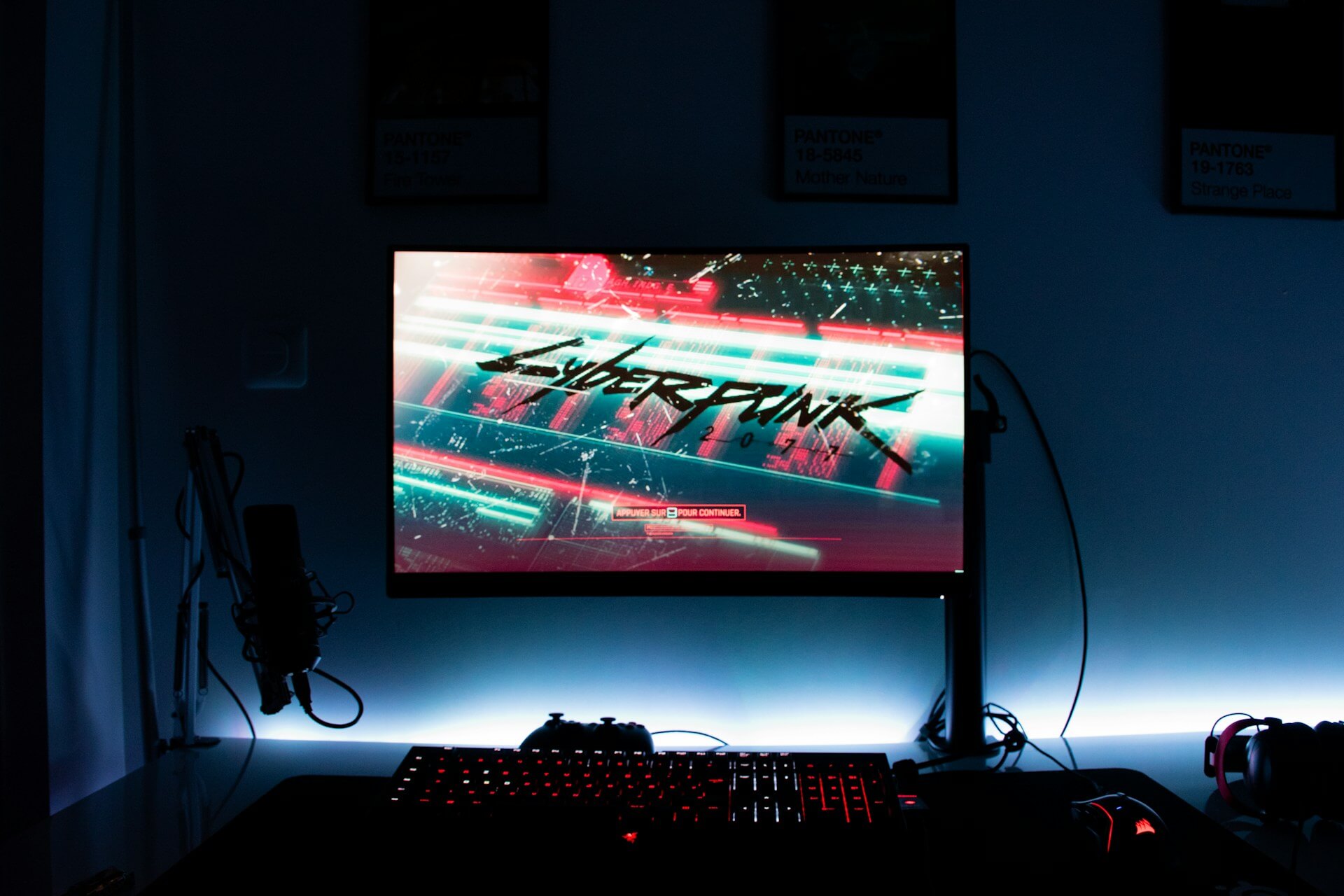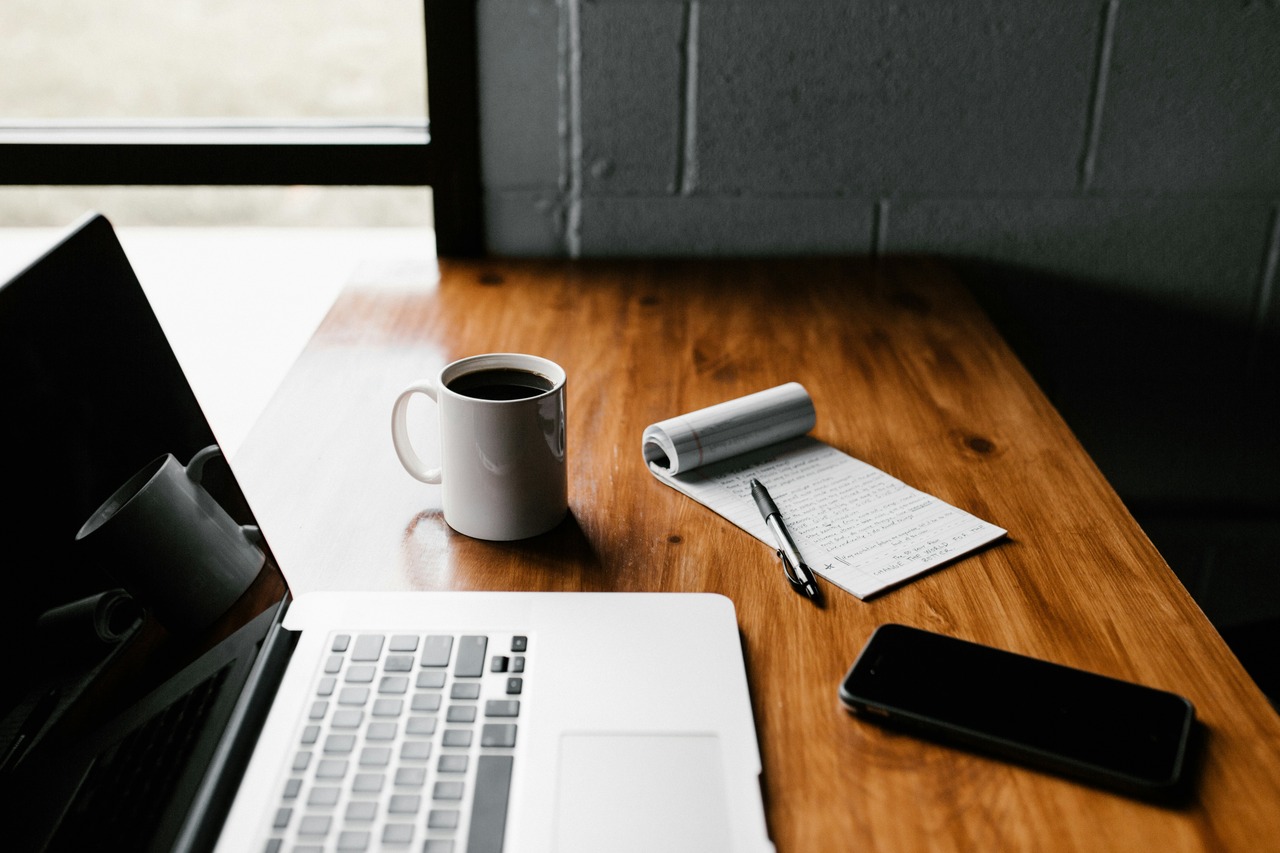What is doomscrolling? Doomscrolling is more common nowadays because smartphones give easy access to non-stop news and social media.
Constantly scrolling through harmful content on these platforms can cause stress and anxiety. The addictive nature of social media and continuous news coverage also contributes to this behavior.
What is Doomscrolling?
Doomscrolling refers to the habit of continuously scrolling through negative news or social media content, often about distressing events. It can contribute to feelings of anxiety, helplessness and a sense of being overwhelmed by the constant stream of negative information.
It affects people who are prone to anxiety or stress, especially those with existing mental health issues. It can also impact those who struggle to manage their screen time or set boundaries on social media.
The Psychology Behind Doomscrolling
Social media platforms are designed to be addictive, triggering the release of dopamine—the brain’s feel-good chemical—when users engage with content. This reinforces the habit of scrolling and seeking more information, even if it’s negative.
In 2019, over one-third of the global population, which is 7.7 billion people, used social media. One out of every three people uses social media and over two-thirds of all Internet users are on these platforms.
Fear, uncertainty and negative emotions play a significant role. The human brain is wired to pay more attention to potential threats and negative information, a phenomenon known as the negativity bias. Doomscrolling often thrives on this bias, as people are drawn to alarming news, contributing to a continuous cycle of anxiety and stress.
Confirmation bias also plays a part, as people seek information that aligns with their beliefs. In the context of doom-scrolling, individuals may be more inclined to consume content that confirms their fears or concerns, reinforcing the cycle of harmful information consumption.
Recognizing the Signs
In the United States, 64% of people believe that social media mostly negatively impacts the country’s current state. Being mindful of these signs can help you identify and address doom-scrolling habits for a healthier digital experience:
- Compulsive scrolling: If you continuously scroll through news or social media without a clear purpose or endpoint, it might indicate doomscrolling.
- Heightened anxiety: Increased levels of stress and anxiety during or after online sessions can be a sign that the content you’re consuming is negatively affecting your mental well-being.
- Impact on mood: Noticeable changes in your mood, such as feeling more irritable, hopeless or overwhelmed, may link to the negative nature of the information you’re exposing yourself to.
- Sleep disruption: If your sleep patterns are disrupted and you find it difficult to unwind or relax after scrolling, it could affect your overall sleep quality.
- Procrastination: Doomscrolling might lead to procrastination, as the continuous flow of harmful content can distract from daily tasks and responsibilities.
- Physical tension: Pay attention to physical signs like muscle tension or headaches, which could result from the stress induced by doomscrolling.
- Time consumption: Spending excessive time on social media or news websites, especially when it interferes with other aspects of your daily life, may signal doomscrolling behavior.
The Impact on Mental Health and Well-Being
Doomscrolling can seriously impact mental health. Recognizing the effects and considering healthier digital habits for better mental well-being is crucial.
Constant exposure to negative news can make anxiety and depression worse or even contribute to developing these mental health issues. Non-stop exposure to distressing content can increase stress and burnout, making it hard to relax and find relief.
Doomscrolling, especially before bed, can disrupt sleep and affect cognitive functions like focus and memory. This creates a cycle of fatigue and mental exhaustion.
Coping Strategies and Techniques
Here are practical techniques to help you manage doom-scrolling:
- Stay informed selectively: Choose reliable sources for news and limit your exposure to constant updates. Since the 2016 election, misinformation has become a worldwide problem, spreading quickly on social media and in real life. Being informed is essential but it’s equally crucial to avoid information overload.
- Curate your feed: Tailor your social media feeds by following positive accounts and sources, helping to shift the overall tone of your online experience.
- Practice mindfulness: Incorporate techniques such as deep breathing or meditation to stay present and manage stress when the urge to doomscroll arises.
- Engage in positive activities: Balance doomscrolling with activities that bring joy or relaxation, whether spending time outdoors, reading uplifting content or pursuing hobbies.
- Establish boundaries: Set clear boundaries for when and where you engage in online content, helping to create a healthier balance between digital and offline life.
- Set time limits: Establish specific time limits for engaging in social media and news consumption to avoid excessive exposure to damaging content. Keeping your daily scrolling to 30 minutes is a healthy approach.
- Designate screen-free times: Create screen-free periods, especially before bedtime, to promote better sleep and mental relaxation. Taking a one-week break from social media can also help reduce anxiety and depression.
- Social support: Connect with friends and family for positive interactions and support. Discussing your concerns can provide perspective and alleviate feelings of isolation.
Resources and Tools
Look for resources and tools to help you manage doomscrolling and build a healthier online experience. Digital well-being apps like Google’s Digital Well-being and Apple’s Screen Time and Forest offer tracking and limiting screen time features. In contrast, news aggregator apps such as Flipboard, Feedly and SmartNews allow customization to filter out distressing content.
Consider website blockers and productivity apps to restrict access during specific times, breaking the cycle. Social media content filters promote a positive online environment. It engages with educational content platforms offers uplifting alternatives to negative news.
Doomscrolling Today
So, what is doomscrolling? Doomscrolling is the habit of constantly scrolling through negative news on social media, causing stress and anxiety.
It’s essential to recognize its impact on mental well-being and adopt strategies. Setting limits and curating content will create a healthier online experience. Taking control of your digital habits can lead to a more positive impact on your mental health.
Recent Stories
Follow Us On
Get the latest tech stories and news in seconds!
Sign up for our newsletter below to receive updates about technology trends




